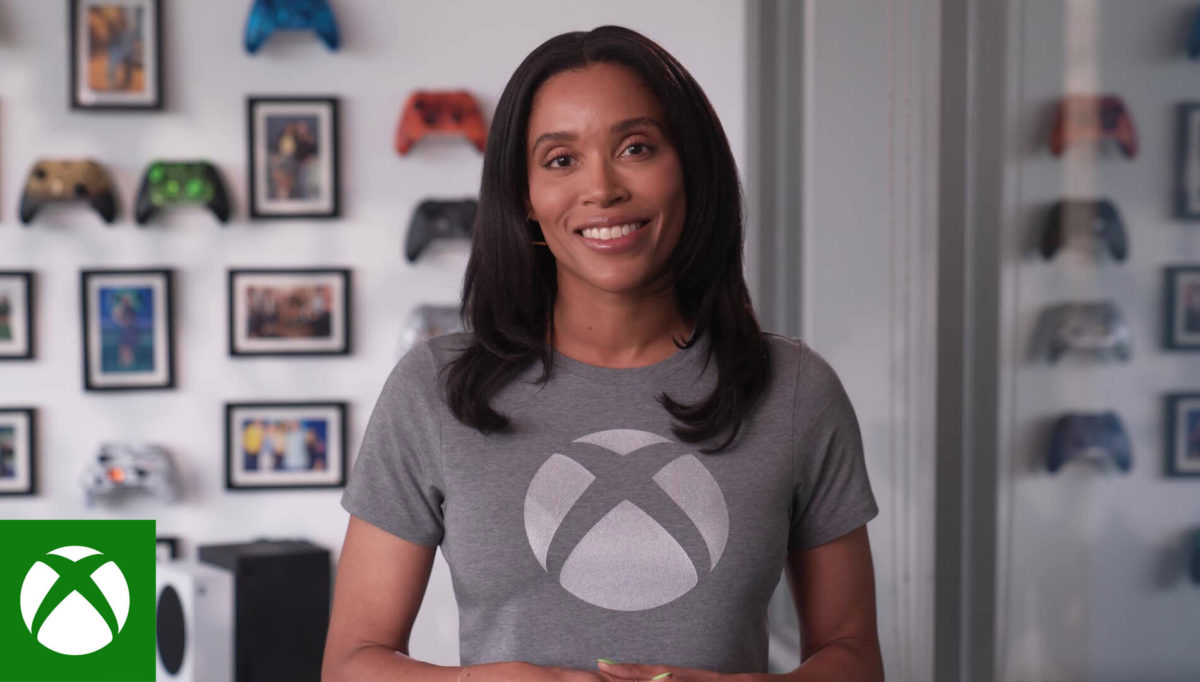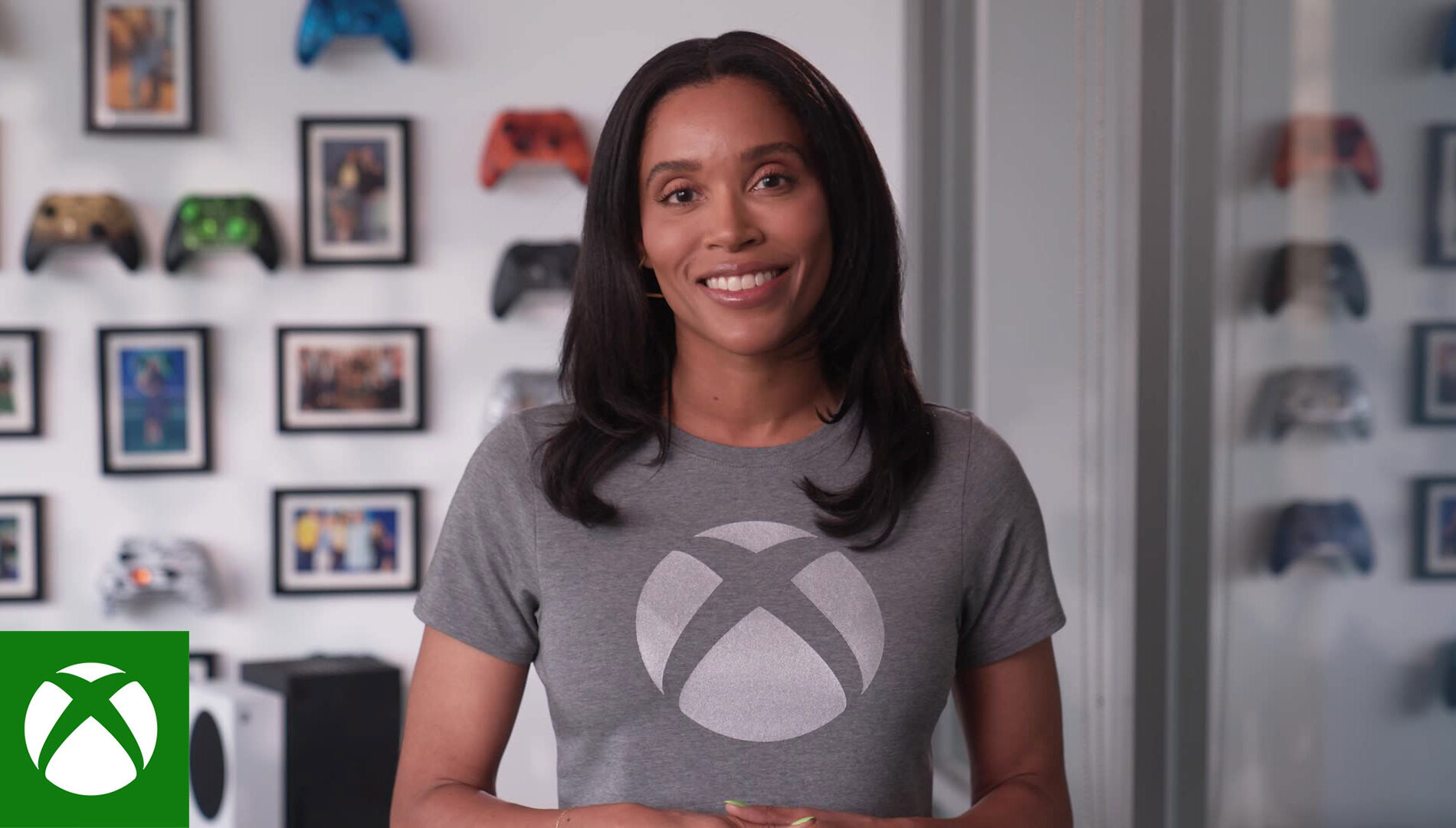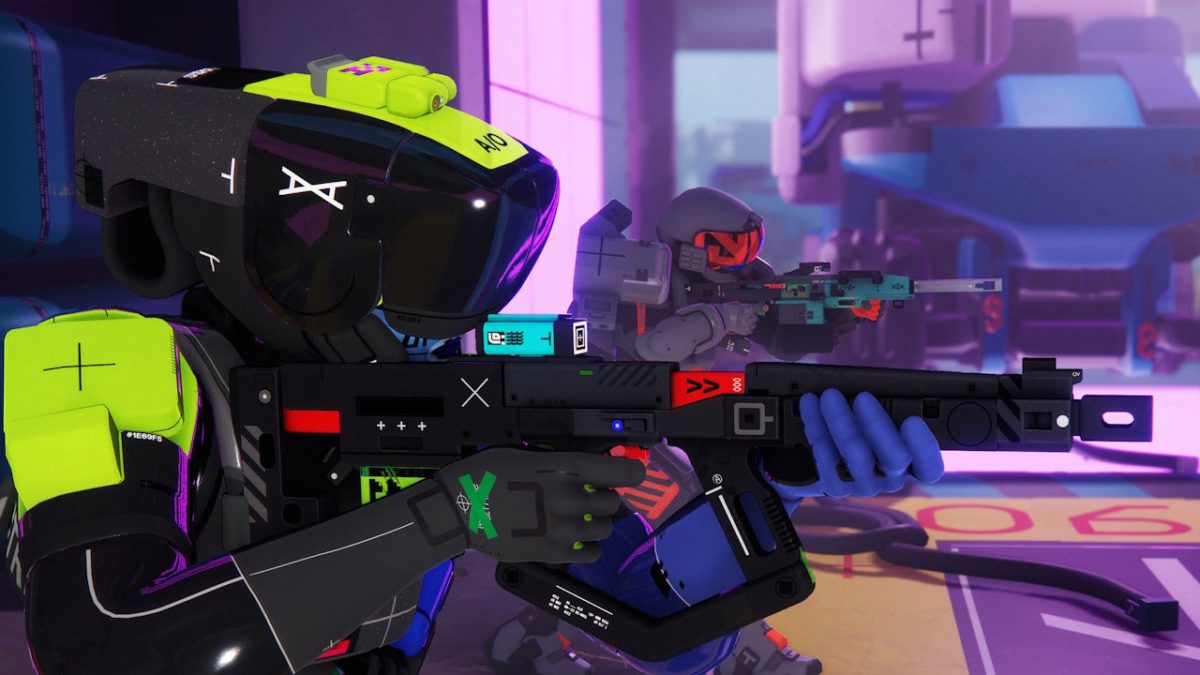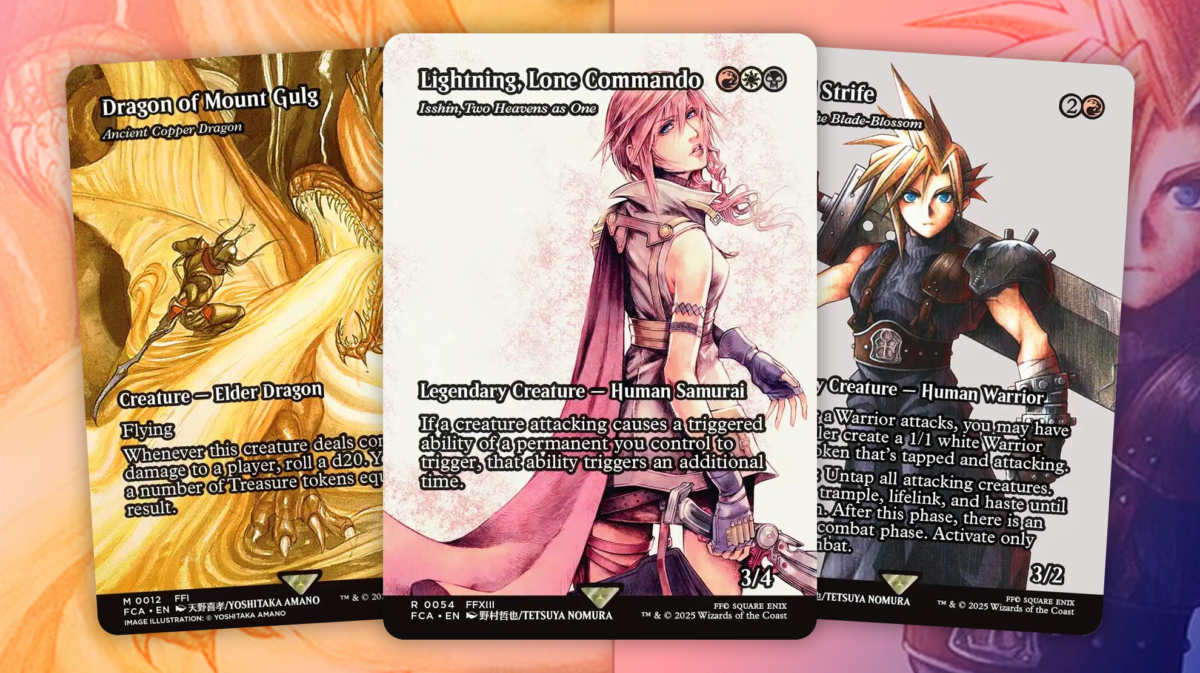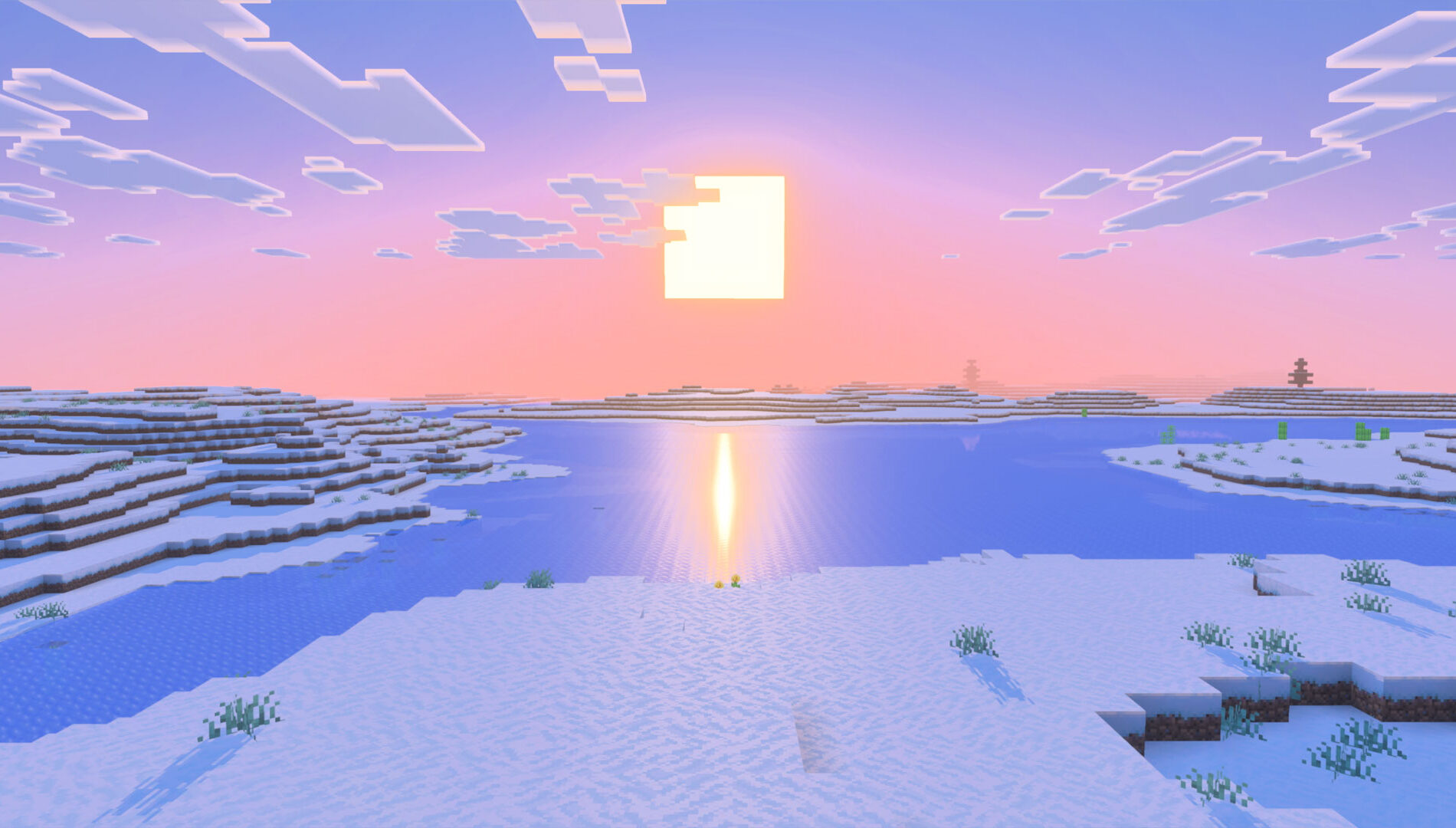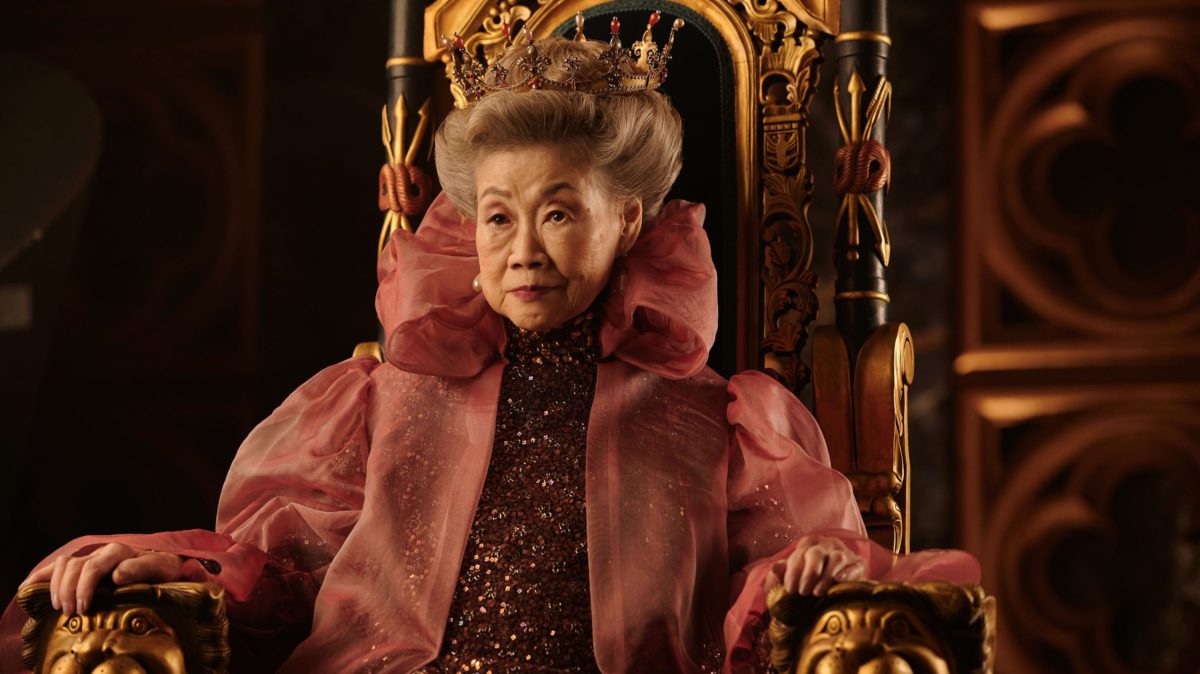The post Xbox + AMD: Powering the Next Generation of Xbox appeared first on Xbox Wire.
Author: Game Infliction
Marathon Delayed as Bungie Promises to Reveal New Release Date This Fall

Sony and Bungie’s Marathon reboot has been delayed to a new, unspecified release date.
The Destiny and Halo developer announced that its previously planned September 23, 2025 release date had been officially removed from the calendar in a post on its website. It’s a message that comes with the promise that an update, as well as a new release date, will be delivered this fall.
“Through every comment and real-time conversation on social media and Discord, your voice has been strong and clear,” Bungie said.
“We’ve taken this to heart, and we know we need more time to craft Marathon into the game that truly reflects your passion. After much discussion within our Dev team, we’ve made the decision to delay the September 23 release.”
The Marathon delay follows criticism revolving around a Marathon alpha test held in April. The conversation around Bungie’s new take on the live-service, extraction shooter formula has been heated to say the least, so a delay isn’t too shocking.
“The Alpha test created an opportunity for us to calibrate and focus the game on what will make it uniquely compelling — survival under pressure, mystery and lore around every corner, raid-like endgame challenges, and Bungie’s genre-defining FPS combat,” Bungie’s message adds.
“We’re using this time to empower the team to create the intense, high-stakes experience that a title like Marathon is built around. This means deepening the relationship between the developers and the game’s most important voices: our players.”
Sony Interactive Entertainment CEO Hermen Hulst went as far as to address feedback just last week, calling the response from fans “varied.” His comments also included the promise that the Marathon reboot would get a release date set by March 31, 2026, while assuring naysayers that the company had no intention of repeating the mistakes seen with last year’s Concord.
While no new Marathon release date has been revealed, it appears as though players can at least expect to get their hands on Bungie’s latest by March 2026. In the meantime, the studio has laid out three major points of feedback it plans to address that should leave a better taste in players’ mouths. These include “upping the survival game,” which means more challenging and engaging AI encounters, more tense and strategic combat, and a more rewarding experience overall.
Bungie adds that players can expect increased visual fidelity across the Marathon experience along with more story to uncover and a darker tone that falls more in-line with the original Marathon universe. The delay also grants the studio the opportunity to add “more social experiences,” including improvements for solo and duo runs as well as proximity chat.
“You’ll hear from us again later this Fall when we can share the progress we’ve made, alongside the game’s new release date,” Bungie concluded. “Thank you again for your patience and — much more importantly — your passion. Your continued feedback will help us make Marathon the incredible gaming experience we all know it can be.”
Bungie announced its Marathon reboot in May 2023 and remained quiet as its development progressed throughout 2024. Trouble arose with the launch of its alpha test along with controversy centered on plagiarized work that had been discovered in Marathon itself. As uncertainty has taken over the conversation, many have begun to discuss how the impending game launch could impact the future of the studio forever. You can read our hands-on Marathon preview here.
Michael Cripe is a freelance contributor with IGN. He’s best known for his work at sites like The Pitch, The Escapist, and OnlySP. Be sure to give him a follow on Bluesky (@mikecripe.bsky.social) and Twitter (@MikeCripe).
Today’s best deals for PC gamers: Desktops, GPUs, and Indie bundles worth clicking
I guarantee you’ll need something in today’s deals. You’ve got top-tier GPUs, fast CPUs, and desktops that could run a small moon base. On the other, there’s a humble Ethernet switch for the cost of a takeaway and an SSD enclosure that does exactly what it says on the tin. Equal parts power and practicality.
I’ve Found The 16 Most Valuable Final Fantasy: Through the Ages MTG Cards Right Now

The Final Fantasy: Through the Ages collection reimagines classic Magic: The Gathering cards with iconic art and characters from all 16 mainline Final Fantasy games. Packed into Magic’s newly released Universes Beyond: Final Fantasy set, these reprints aren’t just nostalgic; they’re in high demand for collectors, with several fetching serious prices on the secondary market.
TL;DR: 16 Most Valuable Final Fantasy: Through The Ages MTG Cards
Beyond just looking incredible, many of these cards are proven staples in multiple formats like Commander. That combination of competitive relevance and collector appeal has already driven prices up, with several cards becoming some of the most sought-after in the entire set.
Whether you’re opening boosters or tracking down singles, these are the 16 most valuable cards from the Through the Ages collection right now. They’re powerful, flashy, and, for longtime fans of both games, pretty irresistible right now. Let’s take a look.
16. Clive Rosfield (Vial Smasher the Fierce)
Sitting at around $10.20 market, you can get this Commander staple for as low as $9.60, but this shoots up to $49.89 for the foil print. I was hoping for a larger red creature to represent Clive, but Vial Smasher fits his fiery personality well.
15. The Emperor, Hell Tyrant (Yawgmoth, Thran Physician)
Yawgmoth, Thran Physician is a Modern staple (there’s a whole deck named after him), so the Emperor art would be a nice addition to die-hard fans of the deck. You can pick this up for around $14.54 market, or as low as $11.99 on TCGPlayer right now.
14. Kefka’s Tower (Bolas’s Citadel)
I thought for sure Kefka’s Tower would be printed onto Command Tower, but it looks like Wizards of the Coast wanted to avoid Commander-only cards, which is welcome. Get this at market value for $15.55 or as low as $13.69.
13. Cecil Harvey (Tymna the Weaver)
A personal favorite (seriously, I adore Final Fantasy IV), Tymna, the Weaver’s design is another card that fits the flavor of the character well. Find it at market around $16.18.
12. Lightning, Lone Commando (Isshin, Two Heavens as One)
One of the best Mardu Commanders around, Isshin definitely fits Lightning’s vibe in terms of combat mechanics. You can pick this up at market price for $21.93 but not much lower at the time of writing, as Lightning’s value seems to be slowly spiking as well.
11. Blessing of the Oracle (Akroma’s Will)
If you’re playing white in Commander, odds are you’re running Akroma’s Will. The art with Noctis and Lunafreya is one of my personal favorites. It’s recently had a massive spike in price, and you can currently find it at market value for around $23.99.
10. Kefka Palazzo (Purphoros, God of the Forge)
Purphoros, God of the Forge is great in Commander if you’re running a tokens or blink strategy, and the Yoshitaka Amano Kefka art is a nostalgic masterpiece. Market is around $25, and that seems to be the price you’re looking at right now as well.
9. Tidus, Zanarkand Fayth (Thrasios, Triton Hero)
You’d be hard-pressed to see Thrasios played anywhere other than low-powered Merfolk Commander decks, but the Final Fantasy X cover art is the big selling point here. Get it at market for $21.26 but not much lower.
8. Cloud Strife (Najeela, the Blade-Blossom)
Najeela, the Blade-Blossom fits Cloud well, and the Tetsuya Nomura art alone is enough for me to pick one up. Market value is $25, and seems fairly stable right now as well, albeit the foil version fetches 10x that, with listings up to $250 at TCGPlayer right now.
7. The Cloudsea Djinn (Nyxbloom Ancient)
I’d call this a fringe Commander staple, as big mana green decks love this massive enchantment creature for some extra ramp, and the Cloudsea Djinn art from the original Final Fantasy is icing on the cake. Find it at market for $24.66 or down to around $23 from select vendors.
6. Zidane Tribal (Ragavan, Nimble Pilferer)
Ragavan, Nimble Pilferer might be one of the most annoying one-drops ever printed, but I can’t argue against this sweet Zidane alternate art, especially as a huge fan of Final Fantasy IX. Market price is $27.70 and other vendors don’t have it for much lower. The foil version is also going for around $82.99 right now as well.
5. Terra Branford (Urza, High Lord Artificer)
This card is another example of a fan-favorite character glued onto a multi-format powerhouse. It’s at $26.62 market value, with that being fairly stable right now as well.
4. Knights of San d’Oria (Ranger-Captain of Eos)
Ranger-Captain of Eos sees enough Modern and Legacy play to warrant picking this one up. It’s at $29.50 market and not much lower elsewhere.
3. Sephiroth, the Savior (Atraxa, Grand Unifier)
This one I’m surprised at as well, but because of how low it is. Mix Atraxa, Grand Unifier, a multi-format all-star, with one of the most iconic video game villains of all time, and you have potential for a serious price tag. Luckily it’s at a $42.78 market price, which could be worse. Find one for as low as $39.98.
2. Dragon of Mount Gulg (Ancient Copper Dragon)
From a Commander or competitive standpoint, I can’t quite figure out why this is as expensive as it is, it’s sitting at $72.19 market. But nostalgia is a hell of a drug, so you can grab one for as low as $69.74, break out the big guns as the foil version is up to $254.70 at the time of publication.
Bonus: Honorable Mentions
Before we jump into the most valuable card, consider these honorable mentions when picking up any singles right now as well.
Final Fantasy: Through the Ages features dozens of other cards, and the above list are some other multi-format staples like Fatal Push and Dovin’s Veto with awesome new art that won’t break the bank for a playset.
1. Stay With Me (Rhystic Study)
Rhystic Study has been a Commander staple since the format’s inception. The Final Fantasy X version is sitting at a market price of $103.12, but you can pick one up for as high as $125.98, or as low as $100.
Where Can I Buy Final Fantasy: Through the Ages?
Through the Ages cards can be found non-foil in both Play Boosters and Collector Boosters, with foil versions of the cards only available in Collector Boosters. But, the best avenue to get the cards you want, without spending an absolute fortune, is by purchasing singles, so hopefully this was a handy guide for you.
Whether you’re here for FF6’s Terra, FF7’s Cloud, FF10’s Tidus, or FF14’s Warrior of Light, these sets are stacked with heroes and villains from across the series. And that’s just the Commander Decks, the full release runs deep. If you managed to lock in a preorder before they vanished, congrats. Otherwise, check in with the links just above to bookmark or wishlist your favorite set in anticipation of any restocks soon.
Or perhaps, Collectors with more money than sense might be even more drawn to the Final Fantasy x Secret Lair drops. Wizards of the Coast has had a packed year of limited-time releases, and all three Final Fantasy Secret Lair sets sold out in record time, leaving plenty of fans empty-handed. That said, they’re still available through third-party sellers… if you’re willing to pay the markup.
There are three drops in total: Weapons, Grimoire, and Game Over. Each one offers Magic: The Gathering cards with exclusive Final Fantasy art and themed names. All were released in both standard and foil editions, with Japanese-language variants adding an extra layer of rarity for collectors.
Since these drops are no longer available directly from Wizards of the Coast, don’t expect to find them at their original prices. Standard nonfoil sets launched at $30, and rainbow foil versions at $40, but most listings now sit between $80 and $150 or more.
It’s a steep jump, so if you’re looking to grab one now, make sure you know exactly what you’re paying for. You can find them on eBay, but we’ve always found TCGPlayer, while also eBay-owned, to be the more secure and trustworthy option for picking up Secret Lair drops after release.
Myles Obenza is a freelance writer for IGN. Follow him on Bluesky @mylesobenza.bsky.social.
After getting delisted in March, Dark and Darker will be completely inaccessible on the Epic Games Store later this year
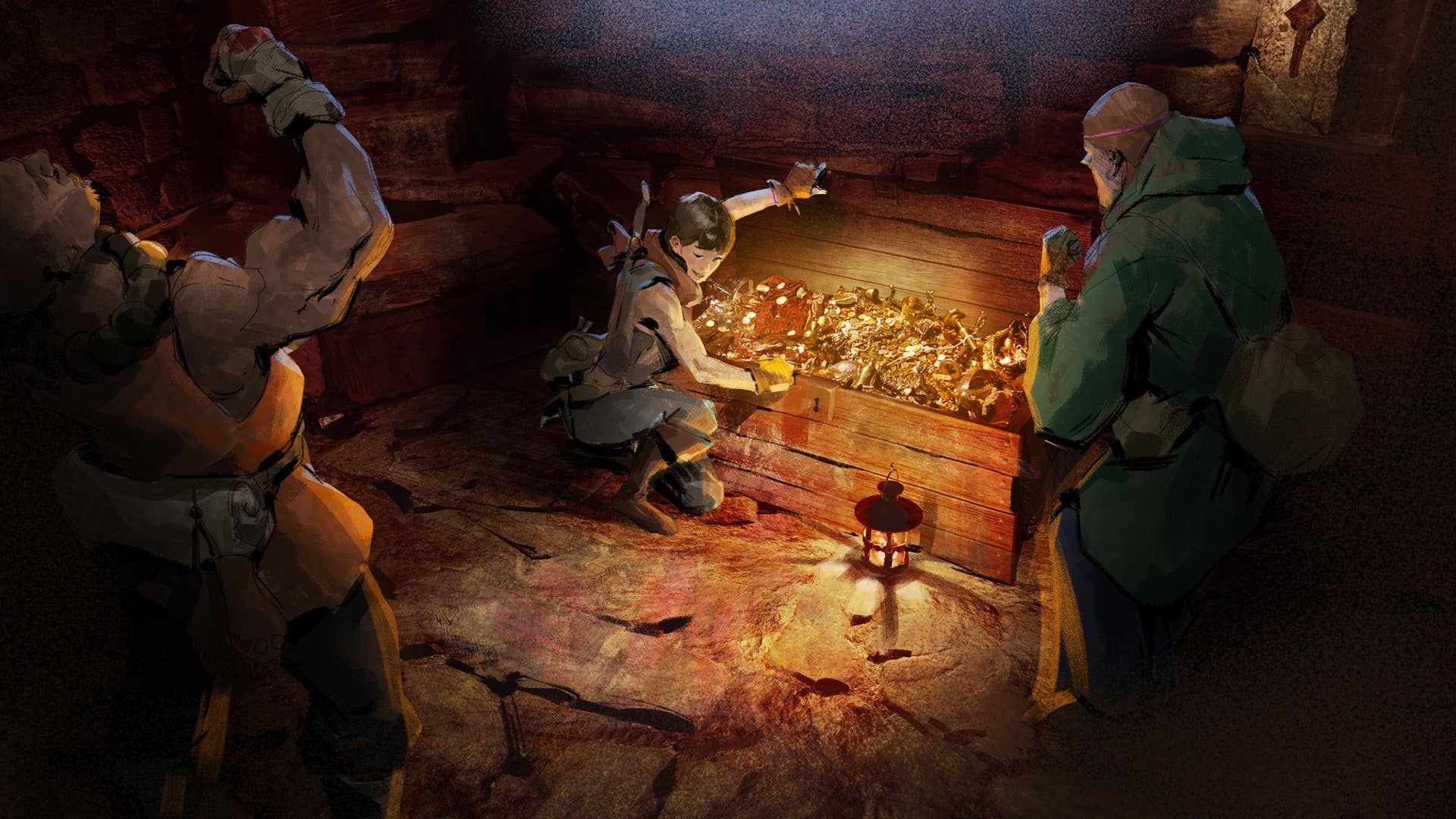
Dark and Darker is a bit of a Schroedinger’s video game, isn’t it? Seemingly fleeting back and forth between a state of being available for sale and being outright delisted. Back in March, the multiplayer extraction game was delisted from the Epic Games Store, with developer Ironmace saying at the time that the “decision appears to be based on claims made by opposing parties in an ongoing legal dispute.”
Minecraft Vibrant Visuals Update Finally Gives Mojang’s Game a Long-Awaited Visual Overhaul — but Only on Compatible Devices

Minecraft was never designed with visuals as its key selling point. With an endless sandbox landscape and unlimited customisation, Mojang’s now-familiar pixellated graphics were never the main focus.
Today, however, that all changes, with the launch of Minecraft’s long-awaited Vibrant Visuals update on PC and a range of compatible consoles and smartphones. But not all platforms will get the upgrade, and the game’s classic Minecraft: Java Edition will also be left without.
Still, if you’re playing the main Minecraft: Bedrock Edition on PC, PlayStation 4, PS5, Xbox One, Xbox Series X/S or certain Android and iOS devices, Vibrant Visuals is available now, as part of the game’s wider Chase the Skies update.
Chase the Skies adds ridable Happy Ghast creatures to the game’s overworld, following years of stress caused by their meaner cousins who spit fireballs in the Nether. You can also now leash a chain of camels together to create a resource-transporting caravan, and track down your friends faster with the Player Locator HUD bar.
If you play Minecraft on an older console, such as PlayStation 4 or Xbox One, or if you play on an older Android phone, you’ll need to manually switch on the Vibrant Visuals option via the game’s video settings menu. Mojang warns that “performance may degrade for these devices”.
On PC or smartphone, you’ll need the following tech specs:
• Android: Adreno 640, Mali-G68, Mali-G77, or Xclipse 530 or higher
• iOS: A12 or M1 or higher
• PC: Running Minecraft on DX12
Splitscreen multiplayer, custom Worlds and Texture Packs are not currently supported by Vibrant Visuals, either.
And what of Nintendo Switch — or Switch 2? No mention is made of Nintendo’s console platforms in today’s Vibrant Visuals launch blog, leaving fans in the dark about compatibility there.
However, on a brighter note, Minecraft is now at last listed as Xbox Series X/S optimised, some five years after Microsoft’s current console generation launched.
Vibrant Visuals finally makes good on Microsoft’s promise to launch a proper graphical upgrade for Minecraft, first mentioned back in 2017 when a fancy trailer was released for the later-cancelled Super Duper Graphics Pack. At the time, Mojang said this upgrade would arrive for Xbox One and “Project Scopio” — what became Xbox One X. Now, finally, something similar has arrived.
Tom Phillips is IGN’s News Editor. You can reach Tom at tom_phillips@ign.com or find him on Bluesky @tomphillipseg.bsky.social
Out Fishing is a horror fishing-sim with only one goal: “reel in the one thing that was never meant to be found”
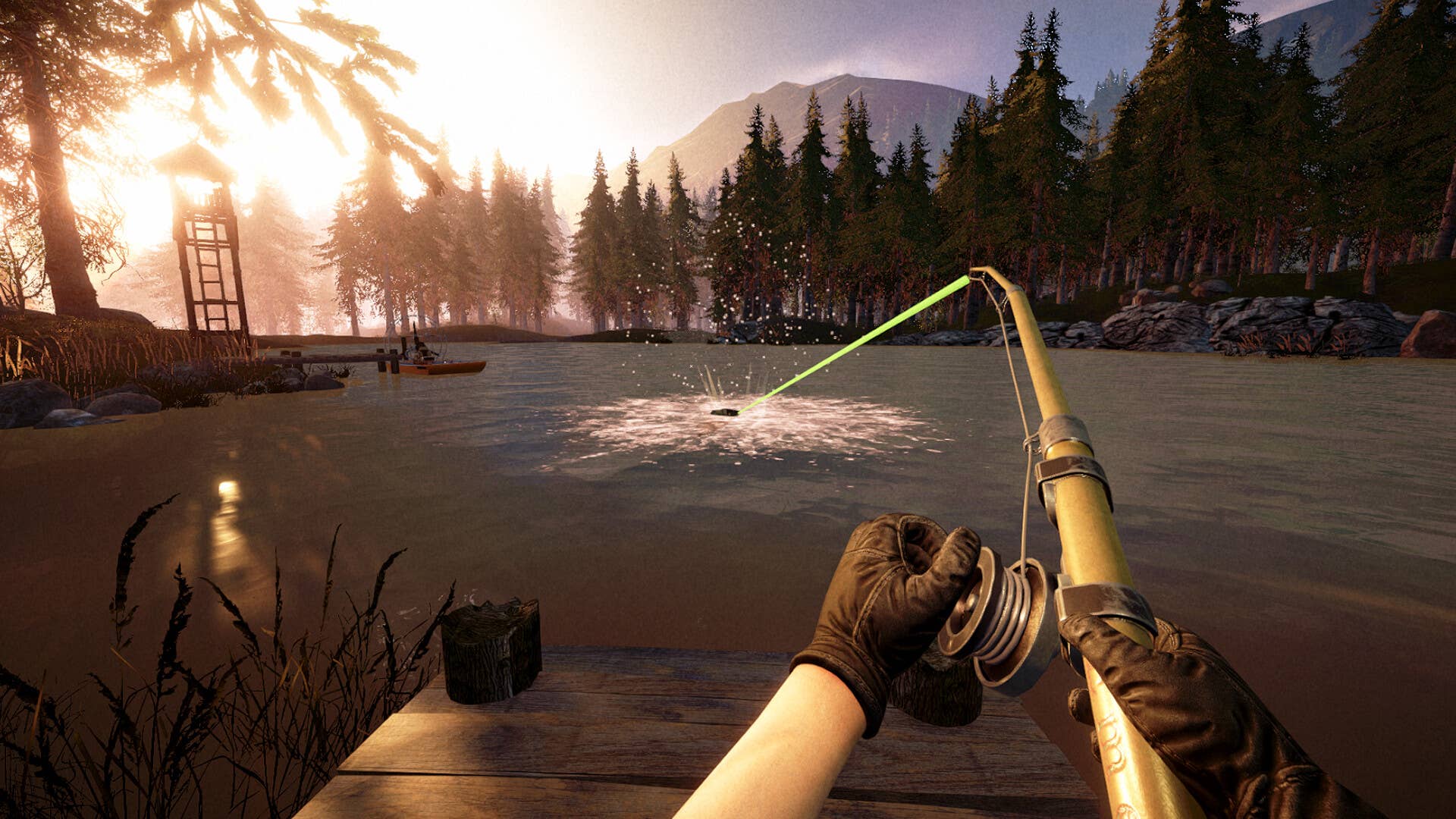
Fishing, I think, is the truest of all video game power fantasies. Action hero combat, romance wish fulfilment, god like abilities, all of that sort of thing pales in comparison to the act of fishing in a game. Just you, your rod, and a whole load of open water. I love to fish in video games, despite not being someone that has a strong desire to 100% genres like collectathons, I do love getting as many fish as I can, and I love a twist on the format. Enter Out Fishing, a mysterious sounding horror fishing game.
Review: Savage Raven EDC Switch 2 Carry Case – A Sleek Alternative To Nintendo’s Official Offering
The accessory maker formerly known as Skull & Co.
We’ve already had a look at Nintendo’s official Switch 2 carry case and scored it a super solid 8/10, commenting that it had too few cart spaces (at just six), but was nevertheless a compact and good-looking case for the money.
Now it’s the turn of Skull & Co., or ‘Savage Raven’ as the company has now rebranded, with the Switch 2 EDC Carry Case. I’ll be honest, it makes me feel a little bit like I should really be dressing up as The Crow when I’m out and about with my console rocking a name like that on its little protective jacket, but hey, this is actually a very strong alternative to Nintendo’s rather less street-wise offering. It also has two more cart spaces than that case. Upgrade unlocked!
Read the full article on nintendolife.com
Minecraft: Vibrant Visuals and Chase the Skies Drop Out Now
The post Minecraft: Vibrant Visuals and Chase the Skies Drop Out Now appeared first on Xbox Wire.
Pik-Sen Lim, Mind Your Language Actress and Dark Souls Narrator, Dies at 80

Pik-Sen Lim, an actress known for roles across British and Malaysian television, has died at age 80.
Per Malay Mail, the Penang-born actress appeared in numerous roles over the years, including appearing on Doctor Who as Chin Lee in The Mind of Evil. Lim also gained international fame for her role as Chung Su-Lee in Mind Your Language, a British comedy from the 1970s.
She also appeared in series like Coronation Street and Spearhead, as well as American TV shows like Vampire Academy and The Nevers. On the film side, Lim played the Killer Cleaner in Johnny English Reborn.
Lim also played an important role in video games, as the narrator for the opening cinematics of Dark Souls 1 and Dark Souls 3. These cinematics laid the groundwork for the story ahead, and are often remembered and quoted in the Souls and FromSoftware fandom.
Actor Daniel York Loh posted a fond remembrance on Instagram, recalling seeing Lim on Mind Your Language before eventually working with her on stage plays, readings, and workshops.
“She was so affectionate, so witty, so brilliantly scabrous and absolutely honest about the rubbish this industry deals actors of our heritage – unlike a fair few others who actually try and cape it,” said Loh. “We’ll miss you so much but thank you, Pixi, for blessing our lives with your unique presence.”
Photo by: Jose Haro/Peacock via Getty Images.
Eric is a freelance writer for IGN.

